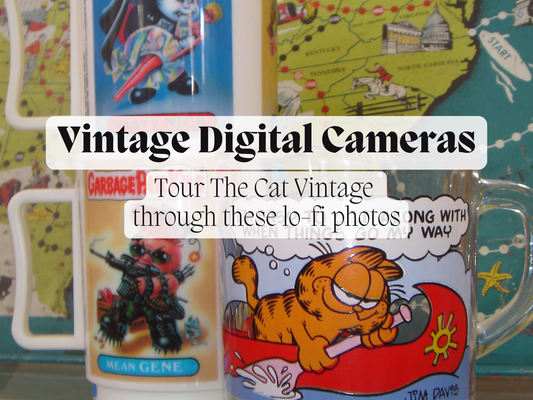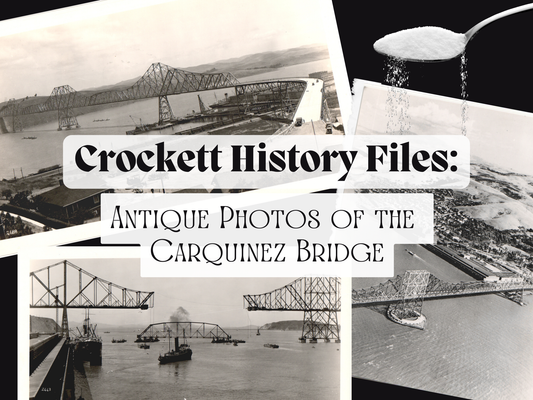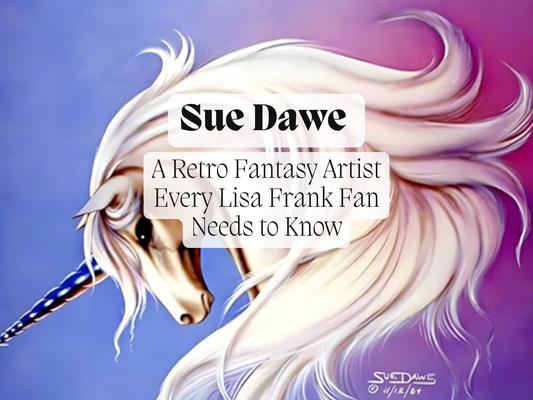At The Cat, we're all about vintage history. Ever since I was a child, I've had a deep admiration for the counter culture art of the 1960s and 1970s, particularly the posters. These simple yet ingenious images were meant to inspire an afternoon journey into the realms of creativity and consciousness.
The kaleidoscopic world of 1960s psychedelic art is a mind-bending journey through a Technicolor dreamscape. It's a realm where vibrant saturated hues dance with intricate patterns. Surreal imagery transports you to realms both mystical and mesmerizing, best viewed on a hallucinogenic.
Often scenes of nature are elevated to cosmic proportions. Symbols of enlightenment served as beacons of transcendence in a world gripped by turmoil at the time. Tied to the counterculture movement, psychedelic art became a visual manifesto for the hippie generation, in search of meaning and connection. Music, too, played an integral role, with album covers and concert posters becoming vibrant canvases for artistic expression.
Common Themes of the 1960s Head Shop Posters
- Optical illusions: Artists often employed techniques like moiré patterns, vibrating colors, and distorted perspectives to create visually stimulating effects.
-
Nature and organic forms: Imagery inspired by nature, such as flowers, plants, and animals, was prevalent. These elements were often depicted in exaggerated, fantastical ways.
-
Spirituality and mysticism: Psychedelic art frequently explored themes of spirituality, transcendence, and altered states of consciousness. Symbolism from various mystical traditions, such as Hinduism, Buddhism, and Native American spirituality, was often incorporated.
-
Psychedelic experiences: Artists sought to capture the sensations and visuals associated with psychedelic experiences induced by mind-altering substances like LSD. This included depictions of hallucinations, fractal patterns, and the dissolution of boundaries between self and surroundings.
-
Psychedelic culture and iconography: Symbols associated with the counterculture movement, such as peace signs, yin-yang symbols, and images of free love and unity, were common motifs in psychedelic art.
-
Music and performance: Psychedelic art often intersected with the music scene of the era, particularly the psychedelic rock movement. Album covers, concert posters, and visual projections for light shows became important mediums for expressing psychedelic aesthetics.
This piece from rockposters.com is an excellent example the psychedelic influence and trippy nature of 1960s head shop posters. It features an art nouveau style silhouette of a woman, Joshua trees, and a saturated palette of acid adjacent colors.
1968 Alice in Wonderland Cathy Hill - Steve Sachs Poster
Recently we got our hands on an amazingly preserved piece of 1960s counter culture history. An original Cathy Hill artwork produced by Steve Sachs, dated 1968.

This poster features Alice underneath the Cheshire Cat's head and green smoke curling around them. His eyes read "We're All Mad Here". Created by artist Cathy Hill and manufactured by Steve Sachs in Los Angeles, this piece draws inspiration from Lewis Carroll's "Alice in Wonderland," a beloved tale among the hippie subculture. The parallels between Alice's journey and the experience of a psychedelic trip resonated deeply with this community. Steve Sachs, renowned as one of the most visionary distributors of late 1960s head shop posters, epitomized the artistic spirit of the era.
Vintage History: 1960s Counter Culture, San Francisco, and Head Shops.
Head shops began to emerge in San Francisco during the mid-1960s, coinciding with the rise of the counterculture movement centered in neighborhoods like Haight-Ashbury. These shops catered to the hippie subculture, offering a variety of products such as smoking accessories, psychedelic posters, clothing, and literature related to alternative lifestyles and consciousness expansion. The first head shops in San Francisco played a significant role in providing a gathering place for members of the counterculture, serving as hubs for socializing, exchanging ideas, and accessing goods that reflected the ethos of the era.
Psychedelic posters of the 1960s weren't just art—they were windows into a cultural revolution. Vibrant colors, intricate patterns, and surreal imagery drew people in for a variety of reasons. Some admired them for their sheer beauty, while others felt a deep connection to the counterculture movement they represented. For some, these posters were gateways to the psychedelic experience, mimicking the visual distortions of a trip. They also served as powerful social commentary, sparking discussions about pressing issues of the time. Looking at a psychedelic poster isn't just about seeing—it's about feeling, remembering, and questioning the world around you.






